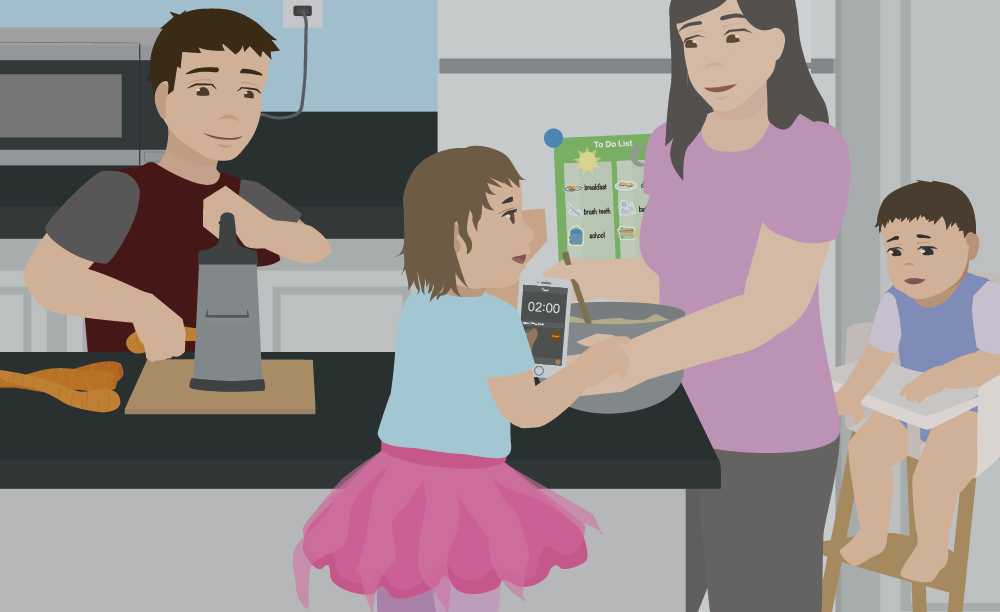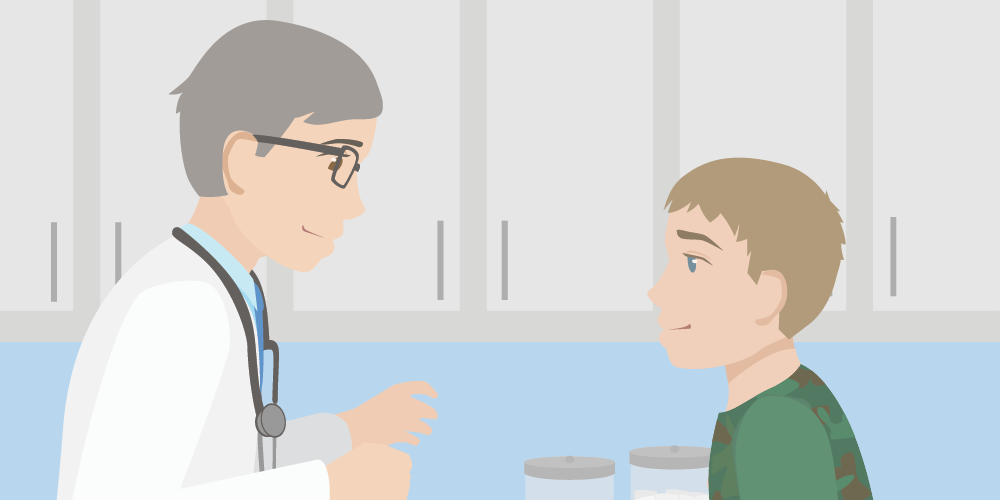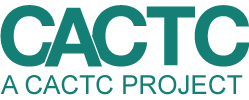[This is part 2 of a series. For information about LGB youth, please see part 1]
“How do I know this isn’t a phase?”
“I don’t want my kid to do something irreversible to their body.”
These are two common concerns I hear from parents when their child comes out as transgender. It’s an understandable reaction — information about gender-affirming care and the benefits of social transition aren’t openly discussed in all families or friend groups. Some parents feel intimidated by the gap between their current knowledge and the questions their child is bringing to them.
Before we address that gap, let’s take a moment to define the term transgender.
We all have a gender identity, which is defined as the internal feeling of being a man, a woman, or somewhere in between. For transgender folks, their gender identity does not match their assigned sex at birth.
For example: If doctors examined your child when they were born and proclaimed “he’s a boy!” but your child identifies as a girl, she would be a transgender girl, or ‘trans girl’ for short.
Transgender people can recognize their gender identity at any stage of life.
There are examples of trans kids as young as three or four years old, while others come out in high school, and others still come out in their fifties or sixties.

Worries that your child is “too young to know” often stem from the incorrect assumption that embracing a child’s identity means rushing into medical or surgical interventions. That isn’t the case, though.
For young children (and many trans folks of any age), transition starts with social changes, such as allowing your child to choose a hair or clothing style that fits how they see themselves.
As a child approaches puberty, their doctor may prescribe hormone blockers. They may sound scary, but they’re basically like a puberty pause button. This gives your child more time to settle into their gender identity before their natural testosterone or estrogen create unwanted changes in their body.
If your child is the (very) rare example of someone who eventually determines they aren’t transgender, once they stop taking the hormone blockers, their natural hormones will kick in and start puberty just like normal – even if a few months or years later than it would have naturally happened.

If your child’s gender identity remains the same (which is a much more likely scenario!) then their doctor will be able to prescribe hormone replacement therapy so the child can go through the puberty changes that match their internal sense of gender.
A quick caveat: Not all transgender people decide they want hormone treatment. Every person is different, though for trans people who do want gender affirming medical care, such care can have a profound positive impact on their mental health and can truly be life saving medical care.
Letting your child explore their gender identity and gender expression is a beautiful way to show support and build trust.
Even if they ultimately realize they do identify with their assigned sex at birth, supporting and validating their feelings will often bring you closer in the long run.
If you have questions or would like to talk through your specific situation, contact Sam at the Cortland LGBTQ Center at sadams@familycs.org or visit www.cortlandLGBTQcenter.org



